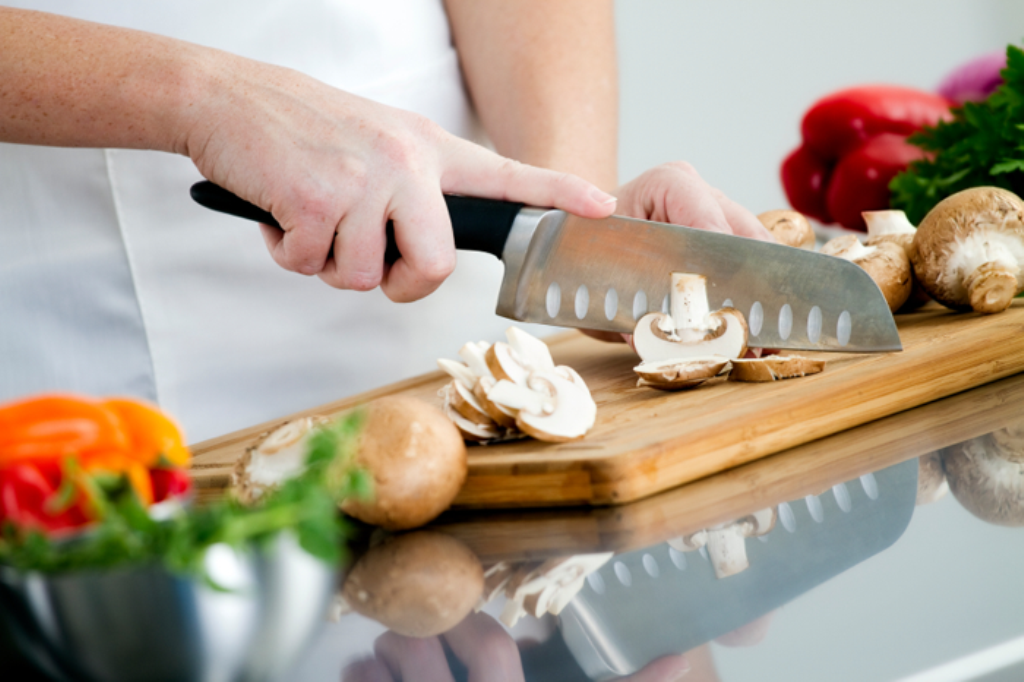How to Remove Stains from Cutting Board and Keep Them Clean
Written By James Morgan
Barbecue enthusiasts know that a clean cutting board is essential for food safety and maintaining the flavors of their dishes. However, with every juicy steak, marinated chicken, or grilled veggie that gets prepped, cutting boards inevitably accumulate stains. So, how do you remove stains from your cutting board and keep it pristine? Let's dive in!

Why Cutting Boards Get Stained
Understanding why cutting boards get stained will help you better tackle the issue. Whether you're using a plastic, wood, or bamboo cutting board, the primary culprits for those unsightly marks include:
- Food Colors: Ingredients like beets, turmeric, and tomato juice penetrate the surface.
- Oils and Grease: Residual oils from meats and dressings get absorbed.
- Knife Marks: Over time, knife cuts create grooves where food particles can settle.

Preventing Stains from Setting
Prevention is key when it comes to keeping your cutting board looking brand new. Here are a few actionable tips:
Regular Cleaning
Ensure you wipe down your board after every use. Warm water and mild dish soap usually do the trick. For a deeper clean, consider using a plastic cutting board, which can usually withstand more rigorous scrubbing.
Oiling Wooden Boards
To protect wood and bamboo boards, regularly oiling them is critical. This helps in maintaining a barrier against moisture and food particles. Learn more about the importance of oiling from this excellent source: how to maintain your cutting board.

Methods for Removing Stains
If your cutting board already has some stubborn stains, don't fret! Here are several methods to restore its former shine:
Lemon and Salt Technique
One of the most time-tested methods involves the use of lemon and salt. The acidity from the lemon combined with the abrasiveness of salt works wonders.
- Step 1: Sprinkle coarse salt generously over the stained area.
- Step 2: Cut a lemon in half and scrub the salt into the board using the lemon's cut side.
- Step 3: Let it sit for about 5 minutes before rinsing off with warm water.
Baking Soda and Vinegar
This dynamic duo can tackle even the most persistent stains. Here's a quick guide:
- Step 1: Sprinkle baking soda over the stains.
- Step 2: Spray white vinegar onto the baking soda. You'll notice some fizzing action.
- Step 3: Gently scrub the area with a brush or sponge and rinse with warm water.
Hydrogen Peroxide Treatment
Hydrogen peroxide is fantastic for disinfecting and removing discoloration :
- Step 1: Pour hydrogen peroxide directly onto the stains.
- Step 2: Let it soak for a few minutes.
- Step 3: Rinse thoroughly with hot water.

Additional Tips for Maintaining Your Cutting Board
Keeping your cutting board in tip-top shape involves more than just removing stains. Here are a few additional tips:
Avoid Cross-Contamination
To prevent cross-contamination, use separate cutting boards for raw meats and vegetables. For further information on this topic, see how to prevent cross-contamination.
Drying Properly
Always dry your cutting board completely after washing. This prevents mold growth and keeps the board in good condition. For more insights on drying techniques, check out how to avoid mold.
Regular Maintenance
Maintaining a cutting board requires periodic checks and surface treatments. If you have a wooden board, it's worth reading up on how to finish a cutting board to keep it in prime condition.
FAQs
Can I use bleach to clean my cutting board?
While bleach can be effective at disinfecting, its often too harsh and can damage the cutting board's surface, especially for wooden boards.
How often should I oil my wooden cutting board?
For best results, oil your board every one to two months or whenever it starts to look dry.
Is it safe to use a dishwasher for cleaning?
Plastic cutting boards can generally withstand dishwashers. However, its best to avoid putting wooden boards in the dishwasher as the heat and moisture can cause warping and cracking.
As an Amazon Associate, I earn from qualifying purchases.



